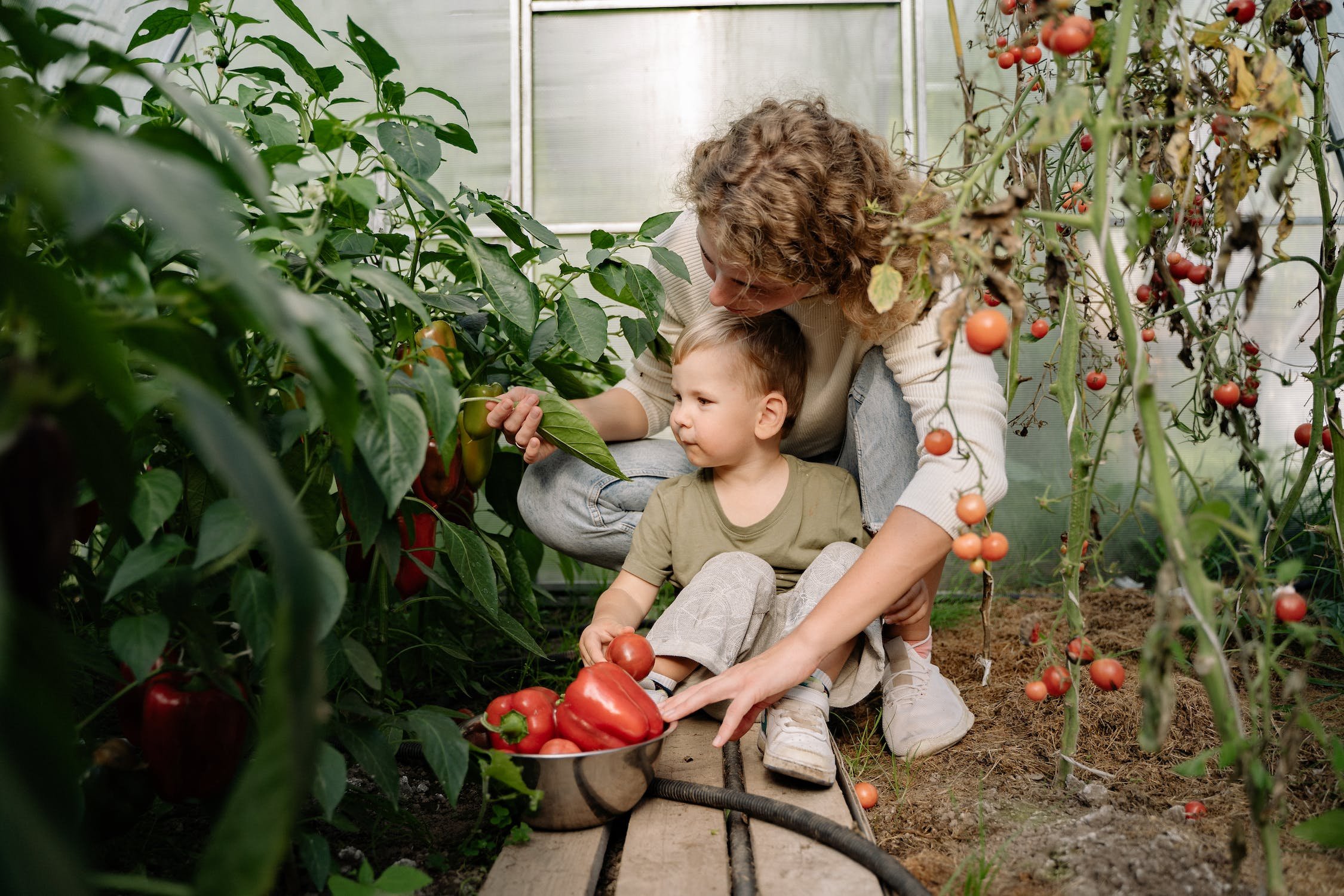From Seed to Plate: The Impact of Teaching Gardens on Children's Health Education
In a world where fast food and junk foods are convenient and dominant, it can be difficult to encourage children to make healthy eating choices. Thankfully, the American Heart Association's Teaching Gardens program is making great strides in promoting healthy eating habits and environmental education through its innovative program. The program focuses on creating teaching gardens in schools and community centers, which are used as outdoor classrooms to educate children about healthy living habits, environmental education in a hands-on setting, and as well as science, and math.
The impact of the Teaching Gardens program on children's health and education has been profound, providing children with the tools they need to make healthier choices and develop lifelong healthy eating habits. Let's dive in and explore the impact of the Teaching Gardens program on children's health and education, from seed to plate.
What is Teaching Gardens?
Teaching Gardens is a program started in 2011 by the American Heart Association that’s aimed at educating children about healthy living habits and the importance of maintaining a healthy diet. The program aims to help children understand the benefits of growing their own fruits and vegetables and encourages them to develop lifelong healthy eating habits. Since then, over 500 Teaching Gardens has launched nationwide.
The program involves the creation of teaching gardens in schools and community centers across the United States. These gardens are used as outdoor classrooms, where children can learn about healthy eating habits, science, math, and environmental education in a hands-on setting.
The Teaching Gardens Network program provides schools and community centers with resources and tools to establish and maintain their gardens, including lesson plans, curriculum materials, and garden supplies. Additionally, the program offers training and support to teachers and community volunteers to ensure that the gardens are successful and sustainable.
Benefits of Teaching Garden for Children’s Health
What makes Teaching Garden fun yet effective is it encourages the youth to actively participate while learning. It makes learning about gardening and vegetables more fun and exciting than just learning it by book in classrooms. Through this program, children get to learn how to plant, take care of, and harvest different seeds. This makes the vegetable more interesting and it gives more possibilities to children eating them.
Educational Benefits of Teaching Gardens
There are many benefits to gardening, and Teaching Gardens got them all covered. The program doesn’t only teach about gardening and food, it also involves learning about math, science, and environmental education. Because of the hands-on and interactive approach, the children can develop critical thinking, problem-solving, communication, and collaboration skills. Taking care of plants and making sure they are thriving is not an easy task, that is why children learn how to become more responsible and self-reliant. According to the New Jersey Agricultural Experiment Station students who garden show a significant increase in their grades especially in Math and Science.
Teaching Gardens Network
Now that you have learned about Teaching Gardens, you may be curious about how you can get involved. You can join the Teaching Gardens Network and gain access to several benefits such as grant opportunities for garden funding, free gardening materials & resources, different curriculums, and a downloadable Teaching Gardens Network certificate.
You can join the network by clicking on the link: https://www.heart.org/en/professional/educator/teaching-gardens/join-the-teaching-gardens-network
Conclusion
Teaching Gardens is not your typical classroom that goes by the books. It is an innovative approach to learning that promotes children’s health and education through a more hands-on approach. Through this program, children learn about different “produce” and grow them on their own. All of these while also learning about math, science, and environmental education. Studies have found that students who engage in gardening tend to have a significant increase in their grades and class performance. Join the Teaching Gardens Network to gain several benefits for yourself and your garden.
Did you like the educational approach of the Teaching Gardens program? If so, make sure to share this blog and let other people know about Teaching Gardens too. Let us all work together to make children healthier, smarter, and wiser.
For more blogs like this visit our website
You can also become a member and gain access to benefits that only our members have


